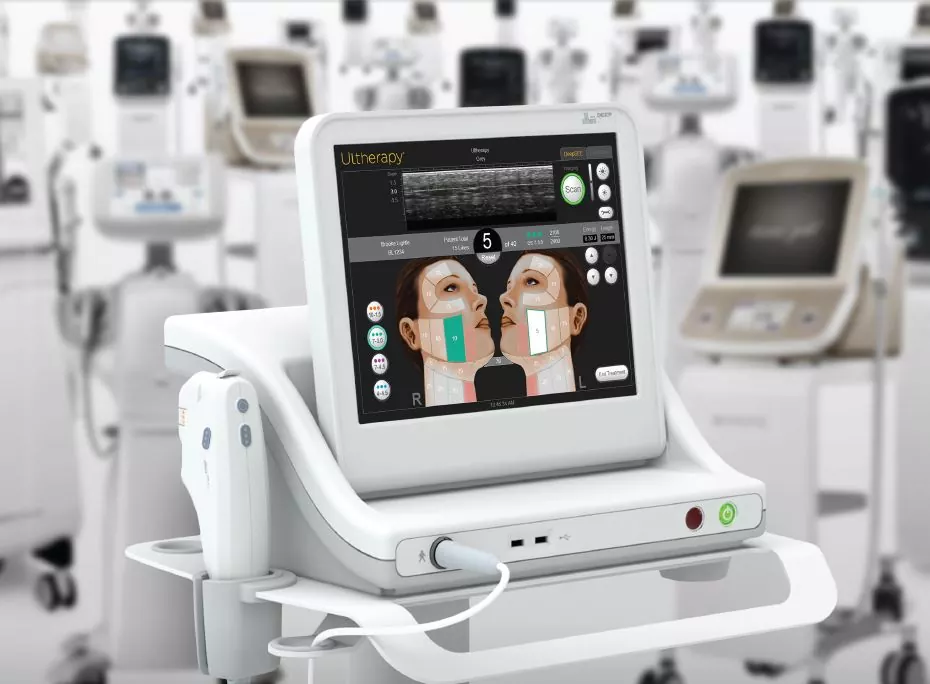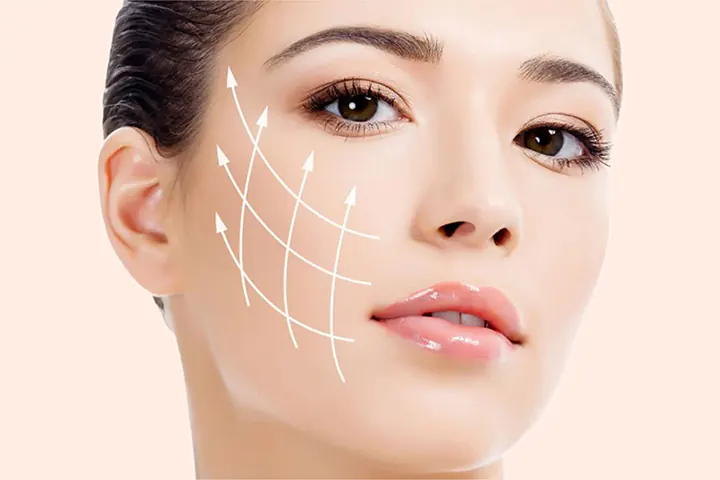Despite being FDA-cleared and certified as a safe and effective skin lifting treatment, many people are still unsure about what to expect before, during and after an Ultherapy treatment.
This article will provide details on what first-time or prospective patients should and should not do before and after this gold standard skin-tightening treatment, as well as when to look out for results.
What is Ultherapy?
Ultherapy, in a nutshell, is a non-invasive, safe and time-tested skin lifting and tightening treatment that directly targets signs of ageing like sagginess and loss of elasticity by delivering ultrasound energy deep within the skin and stimulating the skin’s natural collagen and elastin production.
There are no incisions or surgeries involved, and because it works deep within the skin, there is zero to no minimal downtime.
Before your treatment
It is always best to consult with your doctor or practitioner before going through with an Ultherapy treatment. You can easily do this by scheduling a free one-on-one consultation with our partner clinics.
During the consultation, discussions regarding your goals, concerns and skin condition will take place, and your doctor or practitioner will also be able to determine if you are the right candidate for an Ultherapy treatment.
If you are concerned about any pain or discomfort, be sure to bring this up during your consultation session, as the doctor or practitioner may recommend using a numbing cream, a vibration anaesthesia device or prescribed oral medications to ensure you are comfortable during the treatment.
Once this is done, all that’s left to do is to wait for your treatment day to arrive. You won’t need to follow a special diet or even change your skincare routine prior to the treatment.
Preparing for the treatment
Since Ultherapy is such a quick and easy procedure, all you have to do is make sure that you’re wearing comfortable clothing for your session. Your photograph may be taken prior to the treatment for comparison purposes and to observe any changes for your follow-up (if needed, to show before and after results of your Ultherapy session).
You may eat, exercise and socialise as per normal, though it is recommended that you avoid consumption of alcohol 24 hours prior to your treatment. Your doctor would also advise you to remove any makeup or skin products prior. If required, you may take an over-the-counter painkiller to ensure that you’ll remain as comfortable as possible throughout the procedure.

During the treatment
With the hyper-personalised treatment plan that your doctor has curated, a transducer is used to deliver the ultrasound energy deep within the skin. It would feel like fleeting sensations of warmth on the surface of your skin – though this will dissipate almost immediately.
Ultherapy procedures generally take between 30 and 90 minutes, so sit back and relax while the doctor or practitioner works on your target area.
As your comfort is the top priority during an Ultherapy session, be sure to let the practitioner know how you are feeling so they can make necessary adjustments.
After the treatment
You may notice that the treated area may look slightly pink or red – the same way it would look after a regular facial. Though it may be rare, you may notice a little bruising or tenderness which may only be visible for a few days after the session.
Otherwise, you may immediately apply some light makeup right after the treatment and resume your regular activities as there are no post-procedure limitations or rules to adhere to.

When to expect results
Many patients will notice a subtle but distinct improvement in their target areas within a few days after the treatment. This is due to the collagen contracture that took place during the treatment. Ultimately, results will only improve as time goes by due to the collagen stimulation. This may take weeks or months to show, but final results may take up to six months.
Maximising and maintaining treatment results
Be sure to schedule a follow-up assessment after your session to review your results, and possibly discuss the option of additional treatments to achieve your desired outcome on your treated areas or potential new target areas.
The frequency of touch-ups may vary depending on an individual’s skin condition and laxity as well as observations that are made when assessing the before and after of this non-invasive facelift treatment – though the typical timeframe would be every 12 to 18 months.
In the meantime, you can always continue to support and enhance your results by using skincare products with collagen- or elastin-boosting ingredients.
Are you ready to find out more about Ultherapy and try it for yourself? Speak to aesthetic experts near you today and regain years of your natural beauty today!




